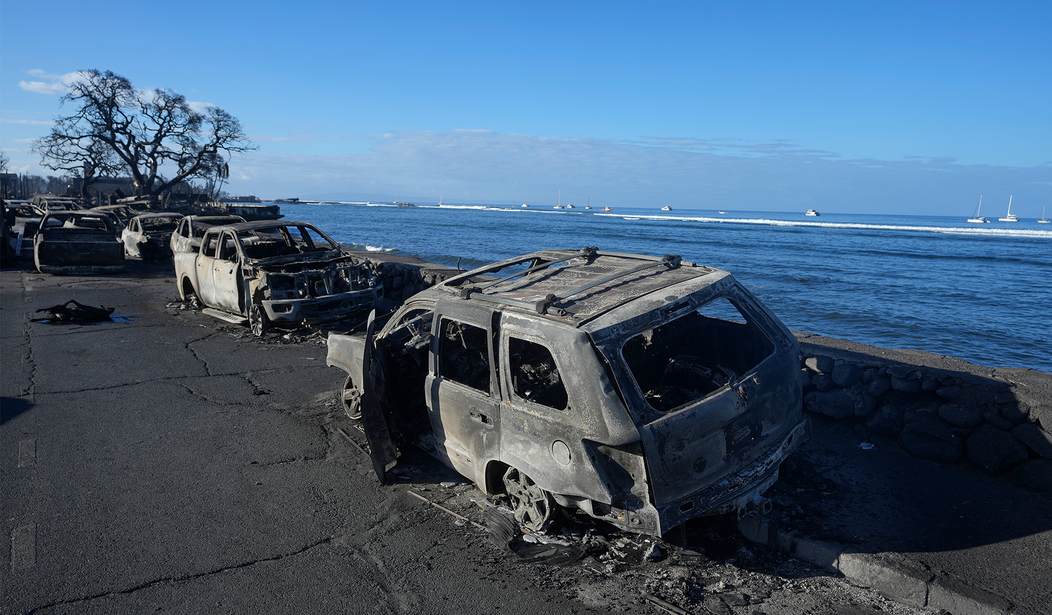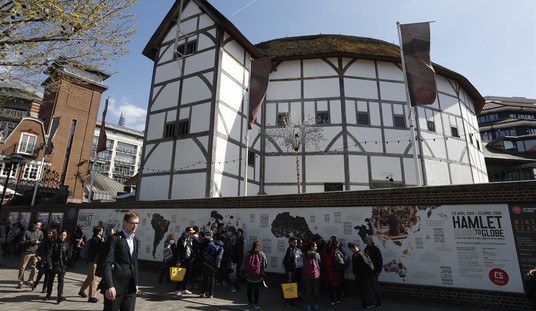Maui’s Emergency Management Chief, Herman Andaya, is stepping down from his position, citing poor health. His demise comes one day after saying he didn’t regret not sounding the warning sirens — a tone-deaf statement that enraged most of the island’s population.
Actually, Andaya was technically correct in saying that the emergency sirens, which are primarily used to warn of tsunamis, would have sent people running for higher ground as they were trained to do — until they saw the fire ripping toward them at 60 MPH. The state officials say sounding the sirens would have cost more lives than it saved, which is a completely unprovable statement.
Andaya was not the problem in this case, even though he had no previous experience in emergency management and was chosen over 40 more qualified applicants.
From the "Ray Charles could have seen that…" Department
Maui Emergency Management Agency Administrator Herman Andaya had no background in disaster response before taking the position. The site reported in 2017 that he was hired over 40 other qualified applicants.* pic.twitter.com/n7tySraVGp
— Ronnie Collins (@CshotdocCollins) August 17, 2023
In fact, every major disaster system necessary to prevent the catastrophe went down in the first hours of the fire. Power, water, communications — the whole system was destroyed, and apparently, there were no backup systems.
Meanwhile, the death toll, which currently stands at 110, could go much, much higher. The number of people missing after the fires decreased from 2,000 to about 1,300 after cellphone reception was temporarily restored.
“There will not be any survivors in the area left,” Hawai’i Gov. Josh Green told CBS News on Monday. “Our hearts will break beyond repair, perhaps, if that means that many more dead. None of us think that, but we’re prepared for many tragic stories.”
Another tragic story is developing due to the nearly invisible relief efforts by state and federal governments.
“We hear that we have lots of provisions, whether it be through FEMA or Red Cross, but everybody is on a different page,” said Dominick Gambino, who lives in the Maui community of Kula, and is part of a coalition organizing cleanup and aid distribution. “Emergency services and organizations that should be coordinated and organized, in the public eyes, have completely fallen through.”
Not so fast, says the Biden administration. There’s plenty of aid out here. Residents may not be able to find it, but it’s here, they swear.
Government officials, however, say the overall response has been fast and robust. FEMA, responsible for leading the federal response after natural disasters, says its rapid-response staff has been on the ground on Maui since last weekend. The response has ramped up this week, and the agency has now deployed close to 400 employees and 200 others for urban search and rescue teams alongside hundreds of troops tod istribute emergency cash assistance, set up shelters, provide temporary housing in hotels and motels, and augment local search and recovery missions. FEMA’s warehouse on Oahu has supplied millions of meals and liters of water, blankets, cots, emergency generators and other supplies, officials said. As of Thursday the agency had distributed $3.8 million in emergency cash to about 1,600 local residents, officials said.
This sounds like a carbon copy of a press releases from the government’s Hurricane Katrina response from August 30, 2005. From my Katrina Response Timeline.
As of Tuesday, less than 24 hours after the storm had passed over the area, this represented the federal response to the disaster to date as publicized. Here are some highlights: Revised 9/8
FEMA deployed 23 Disaster Medical Assistance Teams from all across the U.S. to staging areas in Alabama, Tennessee, Texas, and Louisiana and is now moving them into impacted areas.
Seven Urban Search and Rescue task forces and two Incident Support Teams have been deployed and propositioned in Shreveport, La., and Jackson, Miss., including teams from Florida, Indiana, Ohio, Maryland, Missouri, Tennessee, Texas, and Virginia. Three more Urban Search and Rescue teams are in the process of deployment.
FEMA is moving supplies and equipment into the hardest hit areas as quickly as possible, especially water, ice, meals, medical supplies, generators, tents, and tarps.
The U.S. Department of Transportation (DOT) dispatched more than 390 trucks that are beginning to deliver millions of meals ready to eat, millions of liters of water, tarps, millions of pounds of ice, mobile homes, generators, containers of disaster supplies, and forklifts to flood damaged areas. DOT has helicopters and a plane assisting delivery of essential supplies.
The National Guard of the four most heavily impacted states are providing support to civil authorities as well as generator, medical and shelter with approximately 7,500 troops on State Active Duty. The National Guard is augmenting civilian law enforcement capacity; not acting in lieu of it.
The problem was that in 2005 — like 2023 — all those supplies failed to reach most of the people. It was a PR campaign to cover up the gross incompetence of the federal response to the disaster.
This time, the Washington Post tried some “left-splaining” to cover up Biden’s delayed response.
The disconnect points to the vast challenges that federal, state and local agencies face in helping everyone in need after an abrupt catastrophe on an island 2,900 miles off the California coast.
Those demands are coming as FEMA already is stretched thin by staff shortages amid costly and overlapping disasters fueled by climate change and financial shortfalls as its disaster relief fund nears a deficit by September.
“A lot is falling on FEMA right now,” said Alice Hill, who oversaw planning for climate risks for the Obama White House and is now a senior fellow at the Council on Foreign Relations. “The agency is being asked to do the superhuman, but it doesn’t have the resources to do that.”
Oh, really? In 2005, the year of Katrina, there were a record 27 named storms, of which 14 were hurricanes, exceeding the 1969 record of 12 hurricanes, and seven were major hurricanes. There were three Category 5 storms that year.
Why is FEMA overwhelmed in 2023, and the media gives Biden a pass, when it faced unprecedented catastrophes in 2005 and skewered George Bush?
The fact that Joe Biden was on a beach in Delaware until Thursday speaks volumes about the old man’s inability to handle an extended crisis. He’s not up to it. And the people of Maui are paying for it.










Join the conversation as a VIP Member